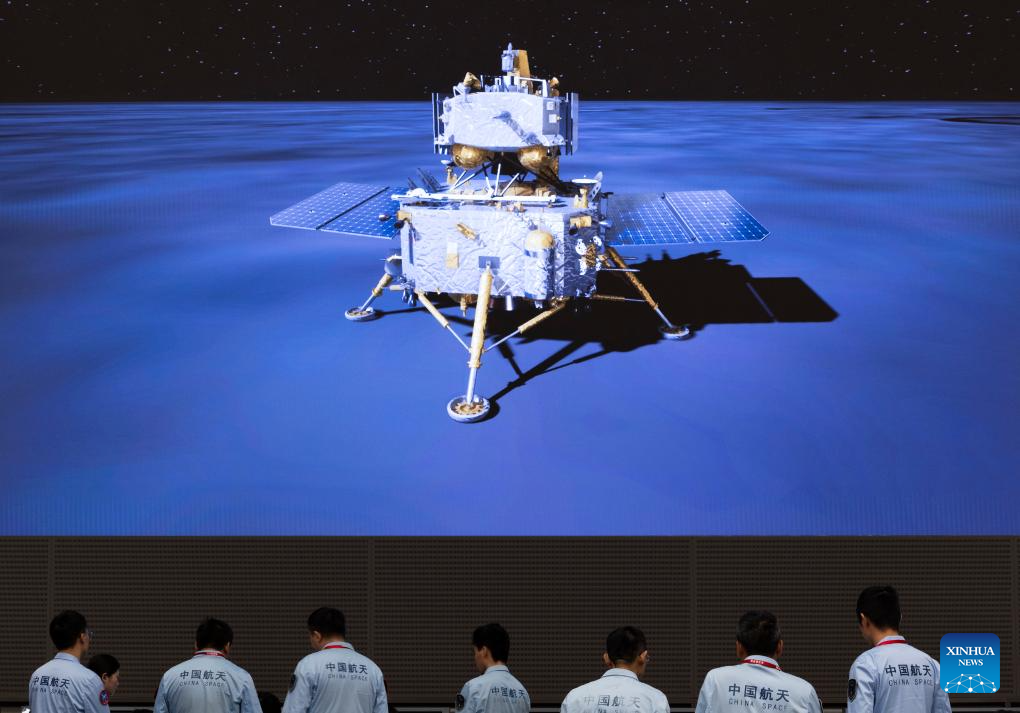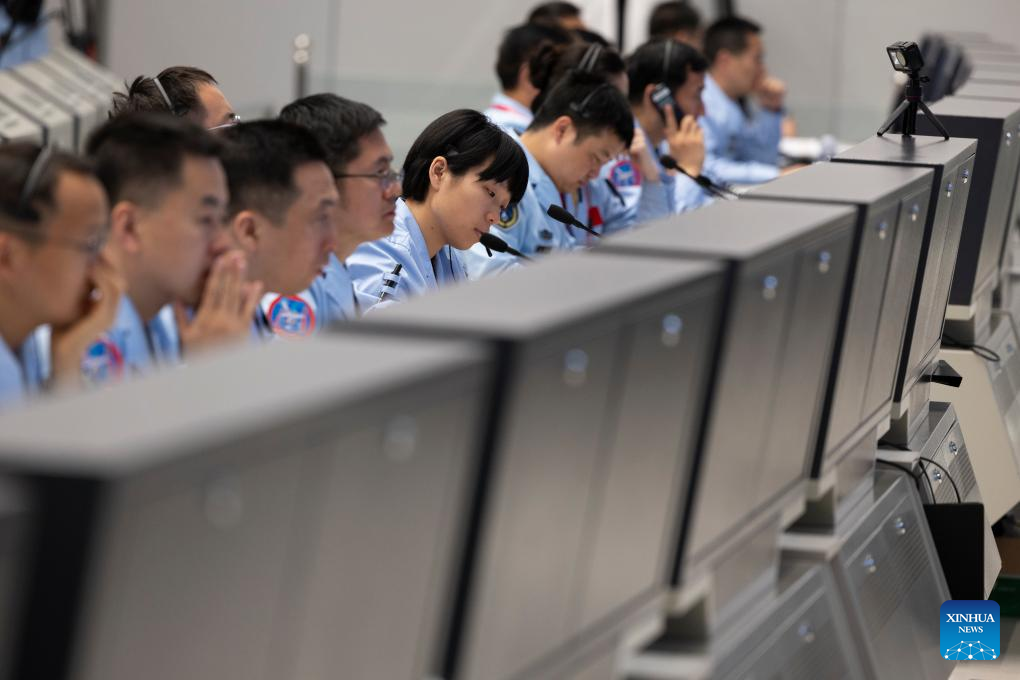
Published 03/06/2024 16:12 | Edited 06/03/2024 16:13
In the dispute to explore the Moon, China advanced another stage last Sunday (2). The China National Space Administration (CNSA) landed the Chang’e-6 probe on the far side of the Moon to collect soil and rock samples and bring them to Earth.
This will be the first collection in the history of humanity made in this lunar hemisphere known for being hidden. The unmanned probe is supported by the Queqiao-2 relay satellite. Landing took place at 6:23 am (Beijing time) in the South Pole-Aitken Basin (SPA). According to the CNSA, the launch was carried out on May 3 and sampling must be carried out within 14 hours after landing, carried out by a robotic arm for surface samples and a drill for subsurface samples.
The number of instructions sent to the probe must be 400, as the intelligent sampling process uses sensors that capture data in real time to autonomously evaluate the execution of instructions, without the need for ground command for each situation.
read more: China prepares for manned mission to the Moon before 2030
The Chinese mission is fraught with great difficulty, as the lunar soil on this side is marked by craters and a lack of lighting, in addition to difficulty communicating with satellites.
In addition to China with its landings on the dark side, Russia, Japan and India have already sent modules to the Moon. The United States remains the only country to send humans to set foot on lunar soil.
Chinese pioneering
The Chang’e program has consistently evolved. Since 2004, it has accomplished a series of feats, from entering lunar orbit (Chang’e 1), landing and rover (Chang’e 3), to reaching the dark side with Chang’e 4, in 2019.
In 2020, Chang’e 5 collected 1,731 grams of lunar samples from the visible side. On this mission, a new mineral called Changesite-(Y) was discovered. It is considered the sixth new mineral discovered on the Moon. Previously, the USA and Russia had discovered five others.
Now Chang’e 6 should bring around 2 kg of materials from this even more unknown part of the Moon with the expectation of new discoveries. The Chinese are still investigating clues about the formation of the solar system and the differences between the two sides of the Moon.
To do this, a rocket booster above the probe will carry the material into space to attach to another spacecraft that will return to Earth. It is expected to land near Mongolia on June 25.

*With information from Xinhua
Source: vermelho.org.br

